Generally, when a character’s name is in the title of a movie, you’d expect them to be the main character. Given the title is the first thing people will know about a movie, it makes sense that a name within any given title would be the main character’s name, right? It’s especially prevalent in an age where superhero movies are particularly popular, as most that focus on a particular superhero feature the hero’s name (Batman, Spider-Man, Captain America, etc.).
The vast majority of the time, you’d be forgiven for assuming that the name in the title is definitely the main character’s name, but there are times when it turns out this isn’t the case. Far from an exhaustive or complete list, here are 10 notable films where the name in a film’s title refers to a supporting (or even minor) character.
‘Heathers’ (1988)
The cult classic black-comedy high school movie Heathers goes one step beyond referencing a supporting character in its title, seeing as the title refers to three supporting characters. This is because the film is about a group of girls – three of whom are named Heather – with the fourth girl, Veronica (played by Winona Ryder) being the film’s protagonist.
The title works, given how close-knit the three Heathers are, and the fact they’re all individuals that Veronica and her strange new friend J.D. target after they kick Veronica out of their friend group. Things get out of control when J.D. starts taking things too far, in the process emerging as the film’s antagonist.
‘Beetlejuice’ (1988)
Admittedly, Michael Keaton steals the show with his performance as the titular character in Beetlejuice (though the character’s name is spelled Betelgeuse; it may have been altered for the title to make the pronunciation clearer). But being the most memorable character doesn’t necessarily equal being the main character.
This is because the lead characters are actually played by Geena Davis and Alec Baldwin. They portray a recently deceased couple who are now ghosts, and trying hard to keep a new family from moving into the house they occupied while living. Betelgeuse is part of their plan, and does have a great impact on the film’s plot despite not being its protagonist.
‘The Rocky Horror Picture Show’ (1975)
You could argue Brad and Janet are the main characters of The Rocky Horror Picture Show, given the plot involves them stumbling across a bizarre castle while stuck in the rain during a cross-country drive. On the other hand, the mad scientist Dr. Frank-N-Furter is debatably the main character, as he’s the most prominent inhabitant of the castle, and the driving force behind much of what happens inside.
Regardless, Rocky Horror himself is certainly not the film’s main character. The film may be named after him – and he features throughout much of the second half – but he’s ultimately just one of Dr. Frank-N-Furter’s unusual creations; the film is not explicitly his story.
‘Dr. Strangelove or: How I Learned to Stop Worrying and Love the Bomb’ (1964)
Dr. Strangelove or: How I Learned to Stop Worrying and Love the Bomb may have an extremely long title, but it still doesn’t find room to mention its main character. Admittedly, that may be because it’s more of an ensemble movie, featuring numerous characters who all have to try and prevent nuclear war from breaking out and ending the world.
In the film, the legendary Peter Sellers plays three characters, and the one who has the least screen time ends up being the titular character: Dr. Strangelove. It’s a less extreme example of a supporting character in a film’s title, given he’s an incredibly memorable character and the film doesn’t have an obvious protagonist, but due to the fairly small role Strangelove ends up playing, it still counts.
‘Chasing Amy’ (1997)
Kevin Smith’s third film, Chasing Amy, remains one of his best (and arguably his most mature). The plot centers on two comic book artists; Holden and Alyssa. After becoming friends, Holden starts to develop feelings for her, but then finds out she’s a lesbian, which ends up complicating their friendship.
Amy ends up being a character who’s only referred to in dialogue, and not seen on-screen. The usually silent recurring character Silent Bob (played by Smith himself) has an extended monologue about an ex-girlfriend named Amy, with many of his words ringing true for Holden’s situation. She may impact the film, but due to being an absent character, she’s about as far from a true protagonist as you can get.
‘Forgetting Sarah Marshall’ (2008)
The titular Sarah Marshall is an important character in this 2008 romantic comedy, but the protagonist is certainly Jason Segel’s character, Peter. To no one’s surprise, the film revolves around him wanting to forget her, as she’s an ex-girlfriend of his, and their breakup was particularly difficult for him.
He goes on vacation as a way to emotionally recharge and move on, only to find her there with her new boyfriend. She’s an important character, of course, but the film follows Peter, and is arguably most sympathetic to (and interested in) him throughout.
‘Who Framed Roger Rabbit’ (1988)
Much of Who Framed Roger Rabbit’s cast is made up of animated characters, but its protagonist is a regular old human, Eddie Valiant (Bob Hoskins). This works to the film’s benefit, as his involvement in investigating a conspiracy surrounding Roger Rabbit – a “toon” – is made funnier because of how annoyed he is by the animated figures that live in the world around him.
Roger Rabbit being framed for a crime he didn’t commit is what kicks off the plot, but he’s ultimately a sidekick to Eddie. Again, this is also for the best, because Roger Rabbit is a high-energy, often irritating character who works best in smaller doses. He’s great as a supporting character here, and if the movie had focused directly on him, it might’ve just been a bit too much.
‘The Big Lebowski’ (1998)
One of the best films made by the Coen Brothers, The Big Lebowski is about a man named Jeffrey Lebowski. He’s played by Jeff Bridges, who’s technically a bigger than average guy, at 6′ 1″ tall. Despite this, Bridge’s Lebowski is not actually the Lebowski being referred to in the film’s title.
Turns out the “Big Lebowski” referred to in the title is another Jeffrey Lebowski, an older man who’s a millionaire and looking for his kidnapped wife, and he enlists Jeff Bridge’s Jeffrey Lebowski to look for her. Confused? Don’t worry – the Coens treat the plot as a bit of a joke (and an intentionally chaotic one at that), and the film is much better enjoyed as an unpredictable, offbeat, highly quotable comedy.
‘Bride of Frankenstein’ (1935)
Yes, Frankenstein is not the monster; he’s the scientist. But Bride of Frankenstein does involve the creation of a female companion for Frankenstein’s monster, and as she rejects (and never marries) the monster, it’s arguable that the title references how the Bride’s made by Frankenstein, the scientist; she is of his making.
All that’s to preface that no matter how you put it, the Bride is far from the film’s star. Her screen time is surprisingly minimal, as she only makes a proper appearance in the final five minutes of the movie. It’s still enough to make a significant impact, and she’s become a legendary movie monster in her own right.
‘Rachel Getting Married’ (2008)
With a poster that’s mostly taken up with Anne Hathaway’s face beside the title Rachel Getting Married, you’d be forgiven for assuming Hathaway played Rachel. This isn’t the case, though, as Hathaway plays Kym, a recovering addict whose sister’s name is Rachel, with the film mostly concerned with Kym’s social anxieties and struggles to fit in with her family during the wedding celebrations.
It’s a great character-focused drama, and Hathaway’s Oscar-nominated performance might well be the best of her career so far. Rachel is an important side character, too, as well as the rest of Kym’s family members, but the focus is on Kym, and Hathaway’s performance emerges as the film’s most memorable aspect.











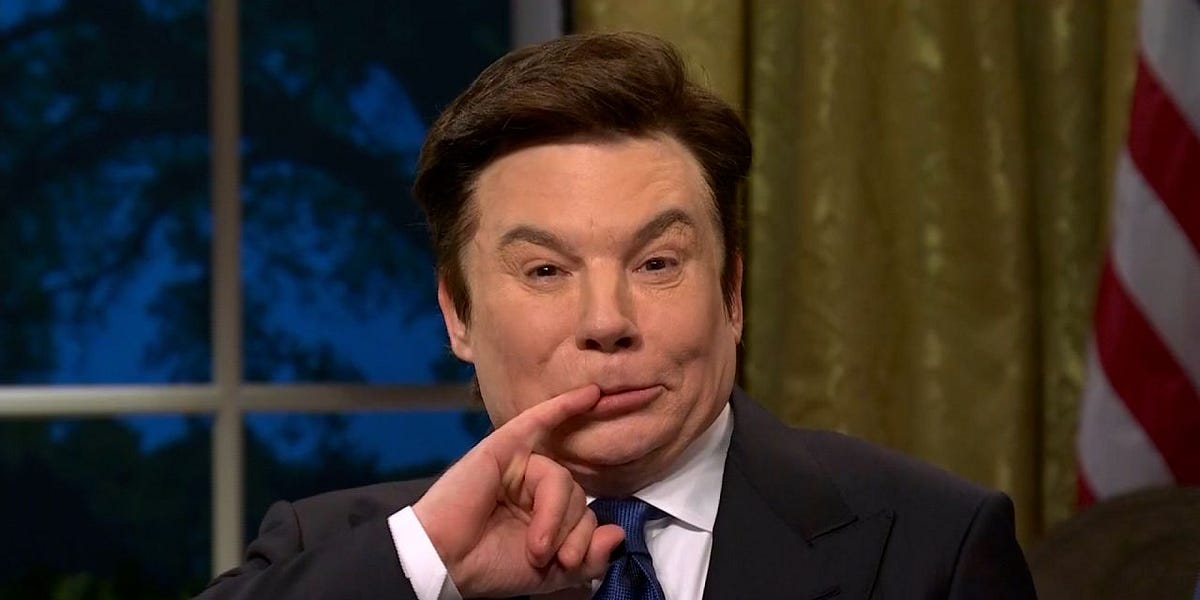
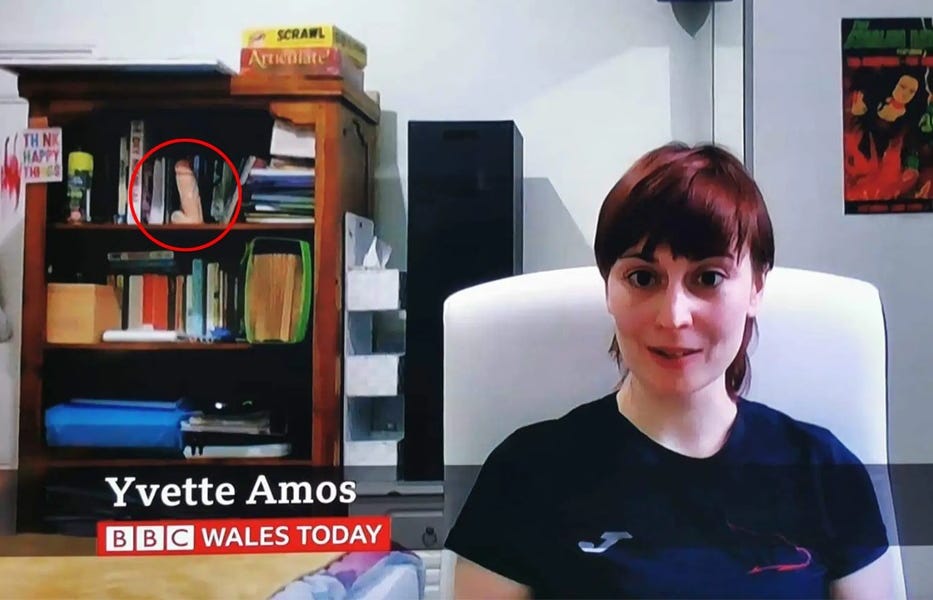


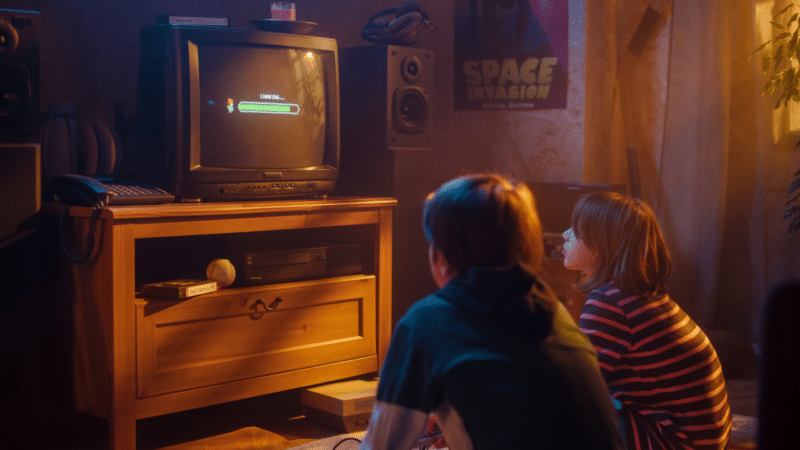






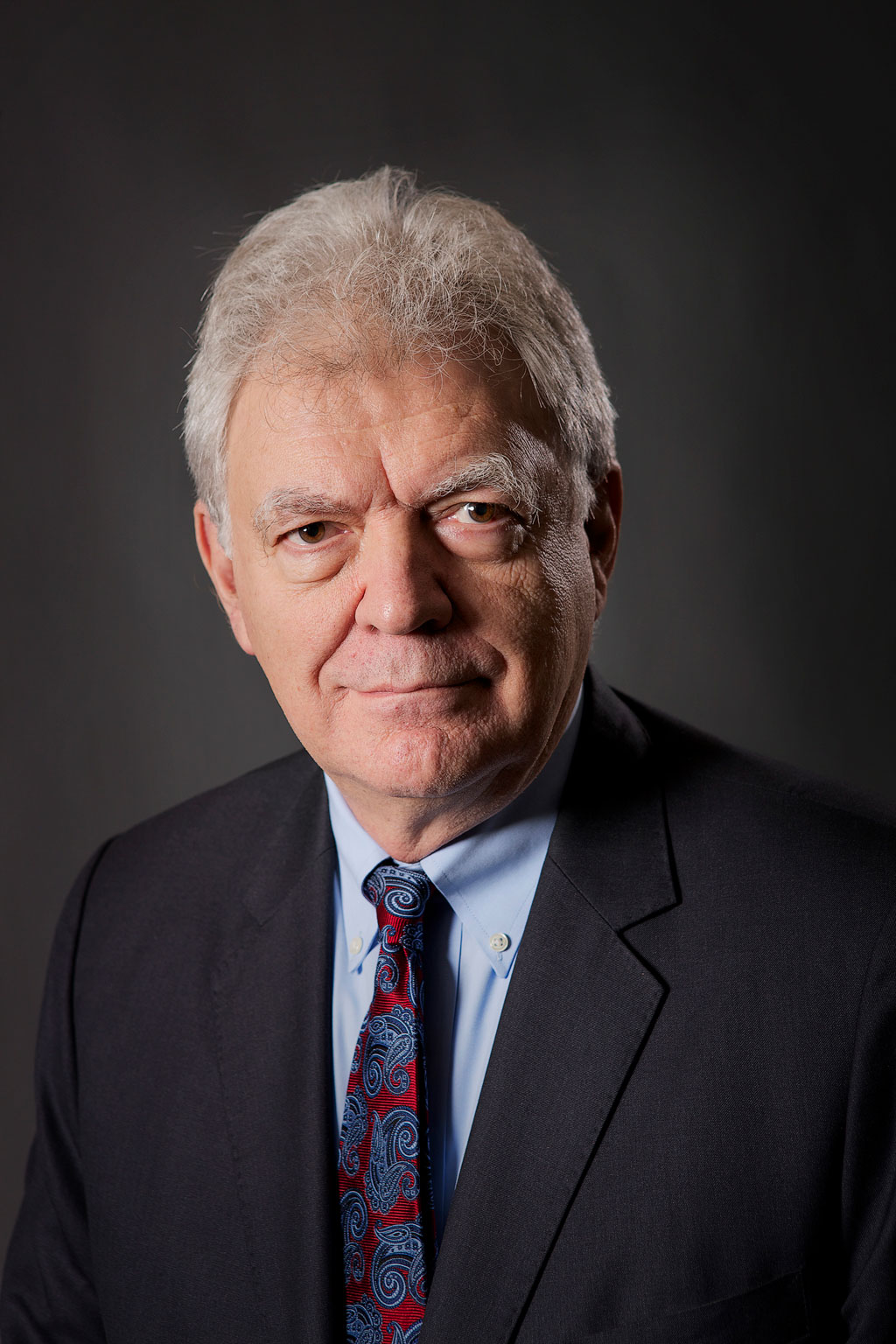


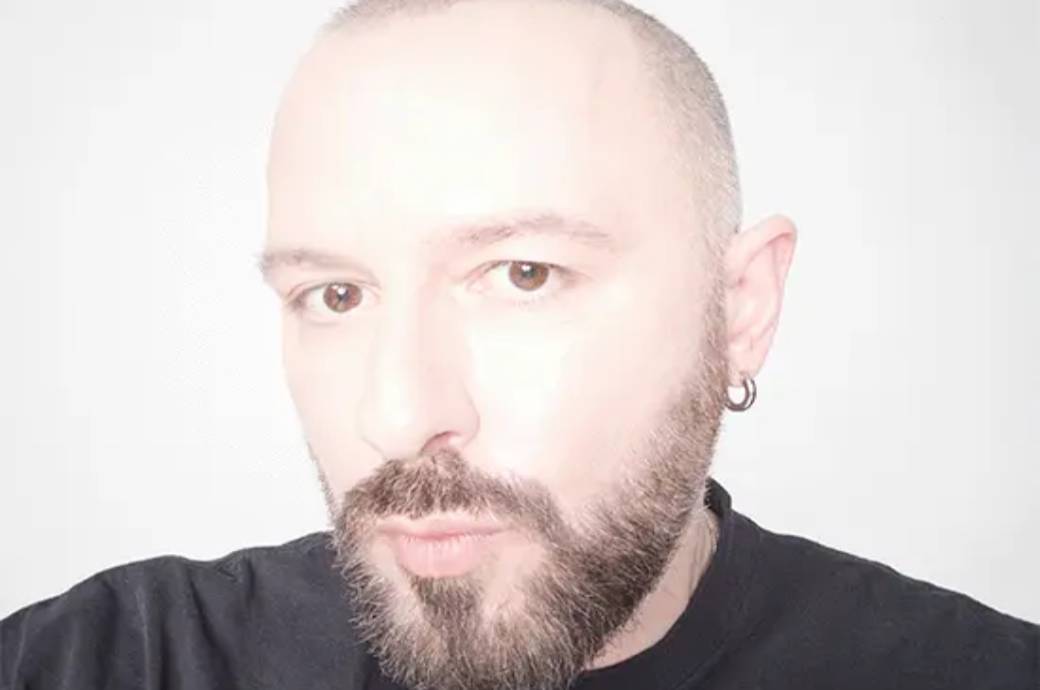




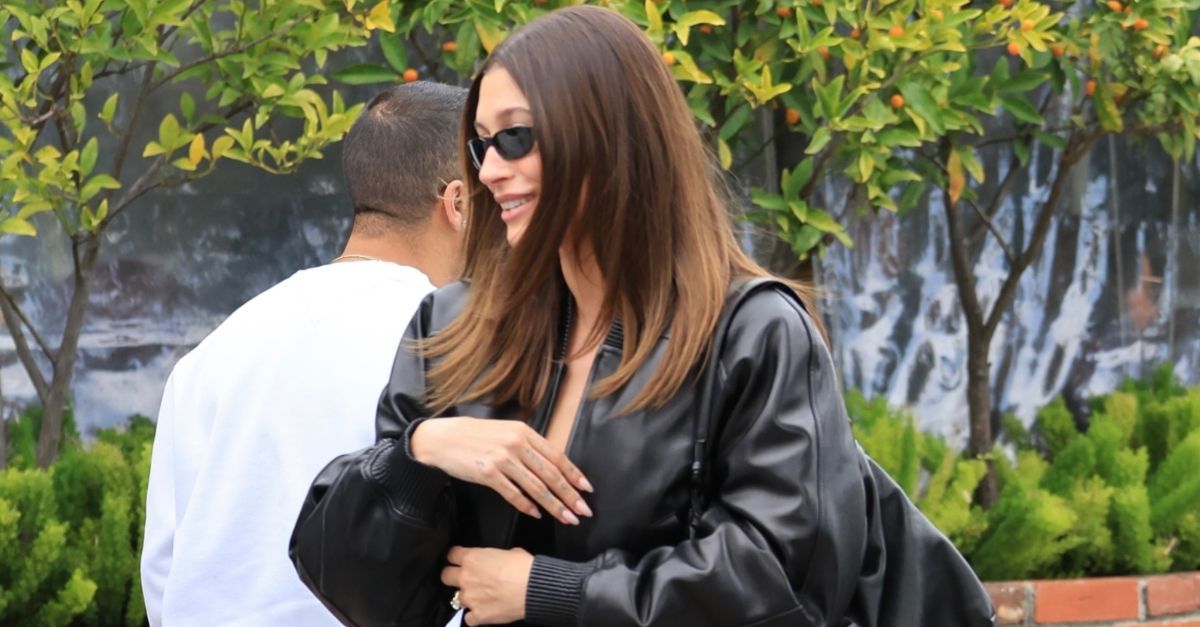






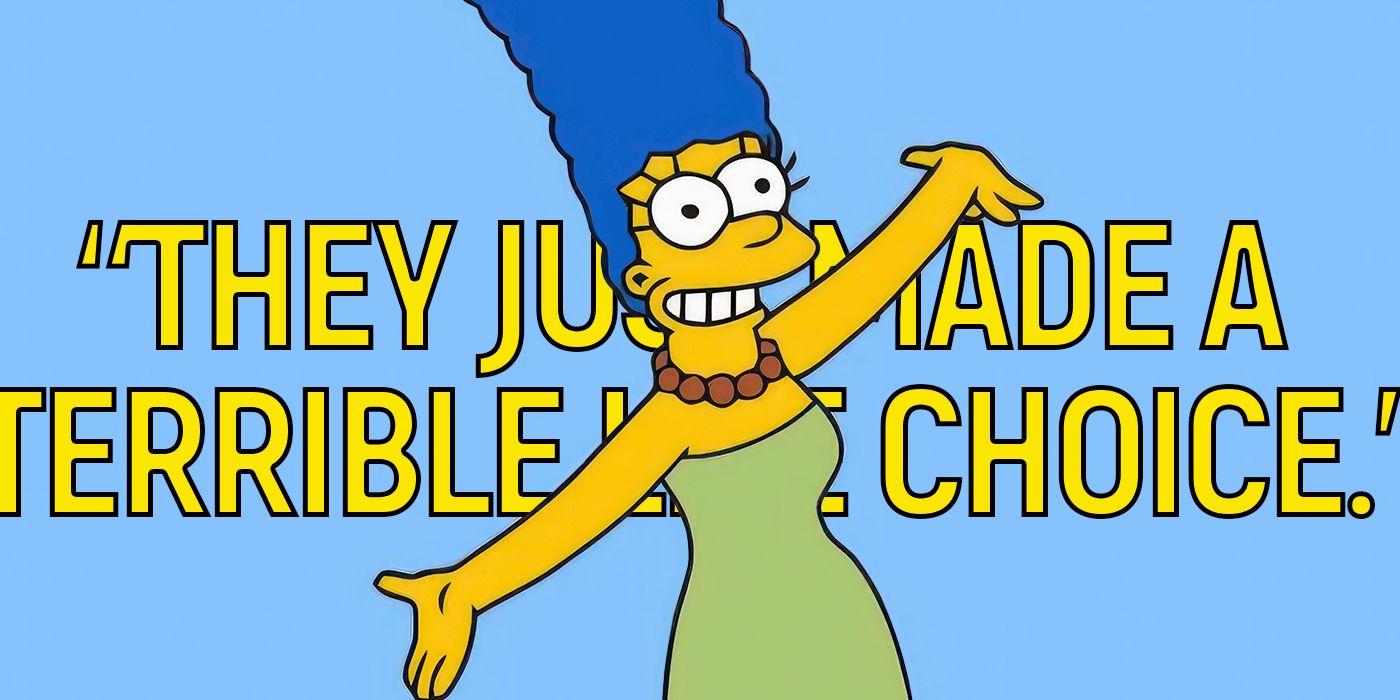


![Spider-Man Is Back in Black With the Green Goblin in New Funko Pop! Figures [Exclusive] Spider-Man Is Back in Black With the Green Goblin in New Funko Pop! Figures [Exclusive]](https://static1.colliderimages.com/wordpress/wp-content/uploads/2025/03/spider-man-the-animated-series-green-goblin.jpg)



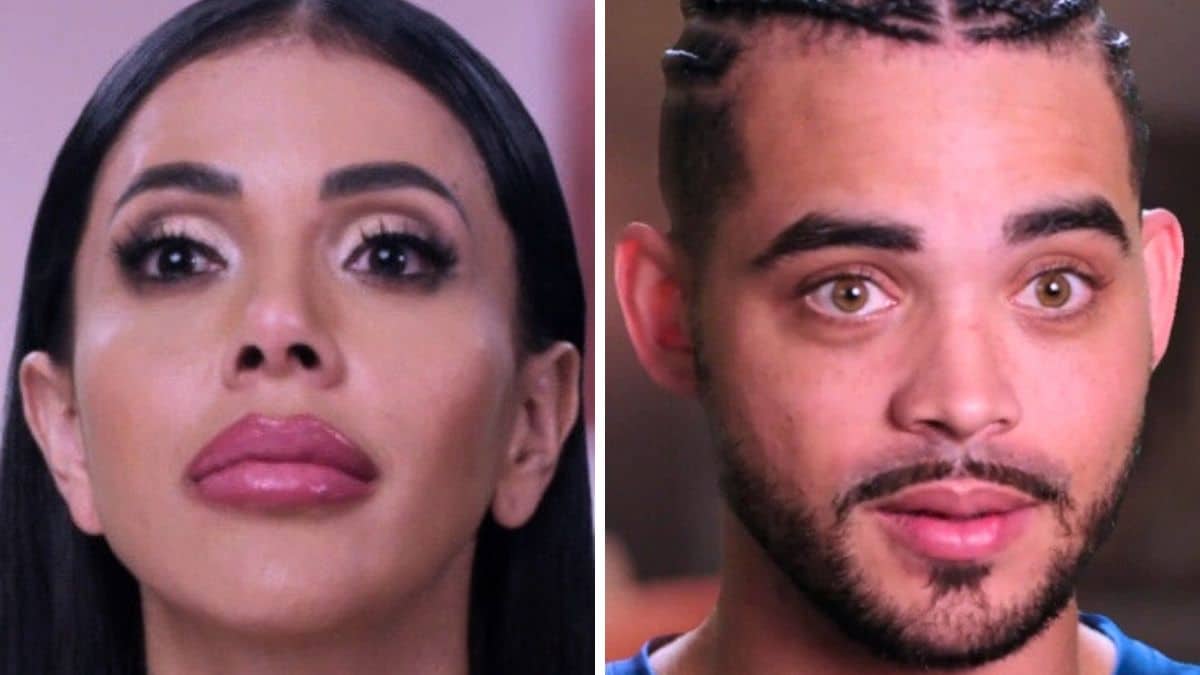


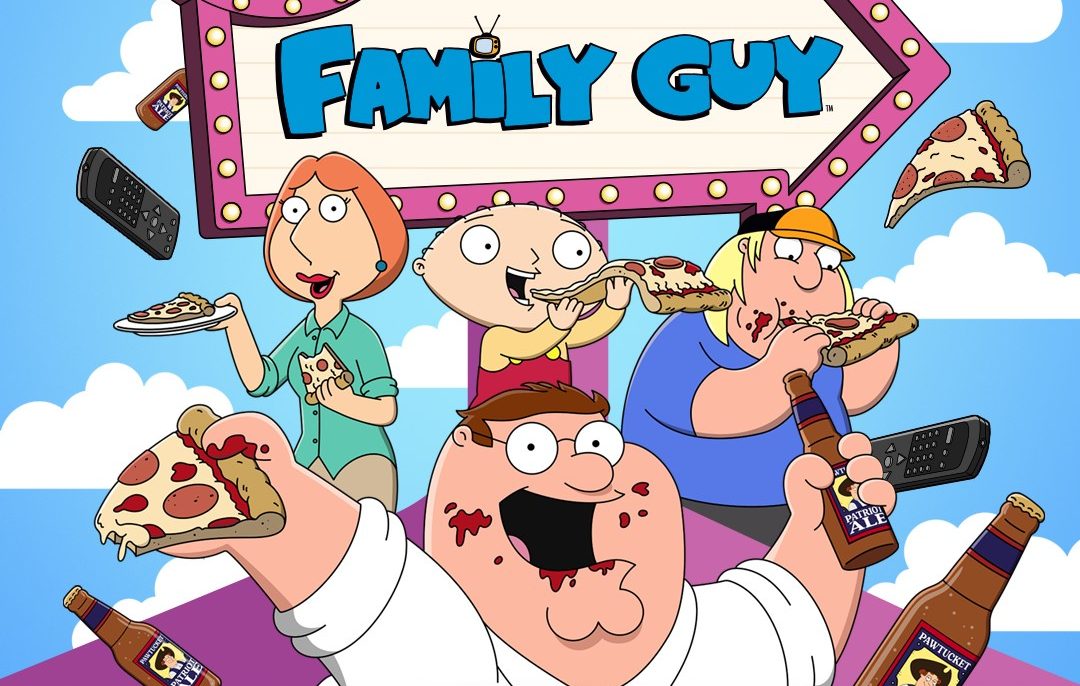

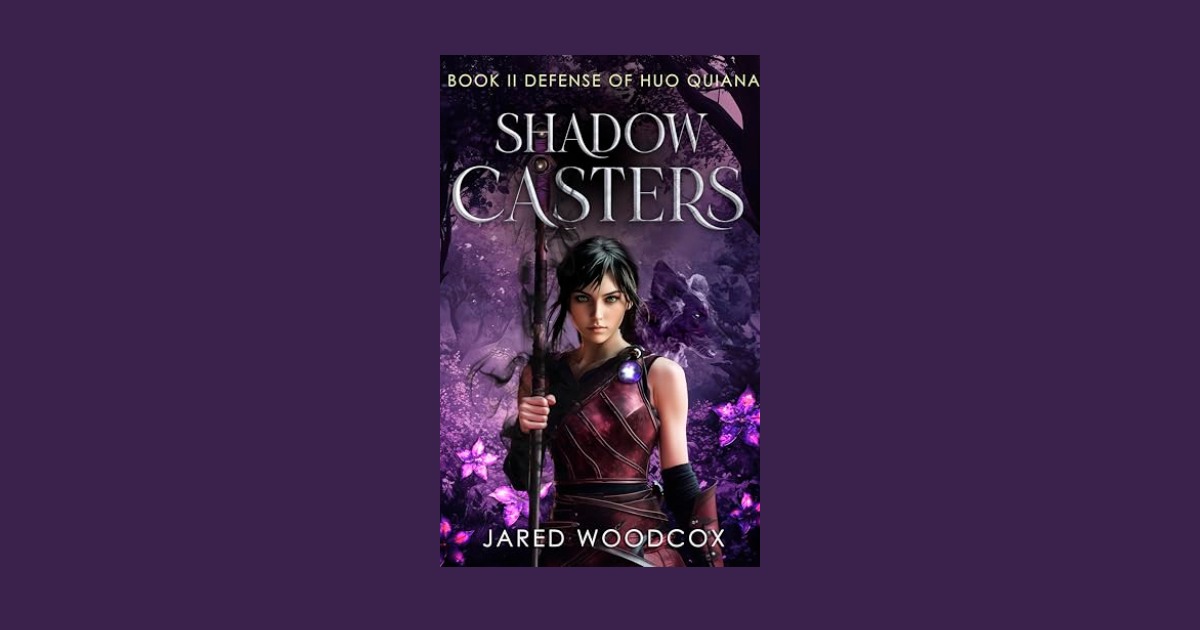




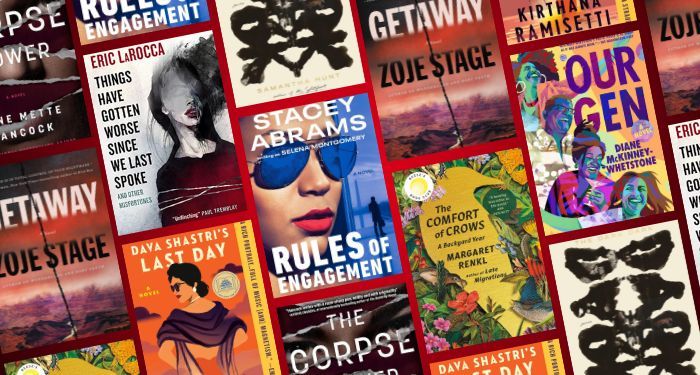
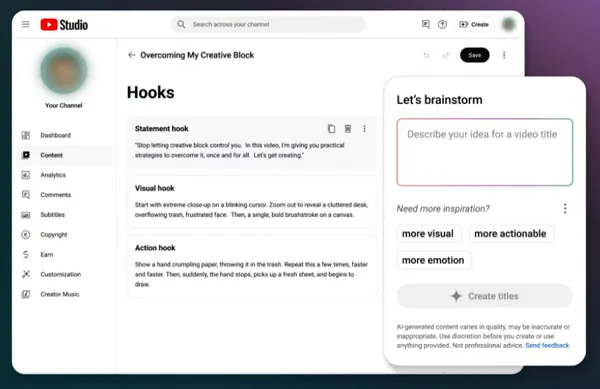





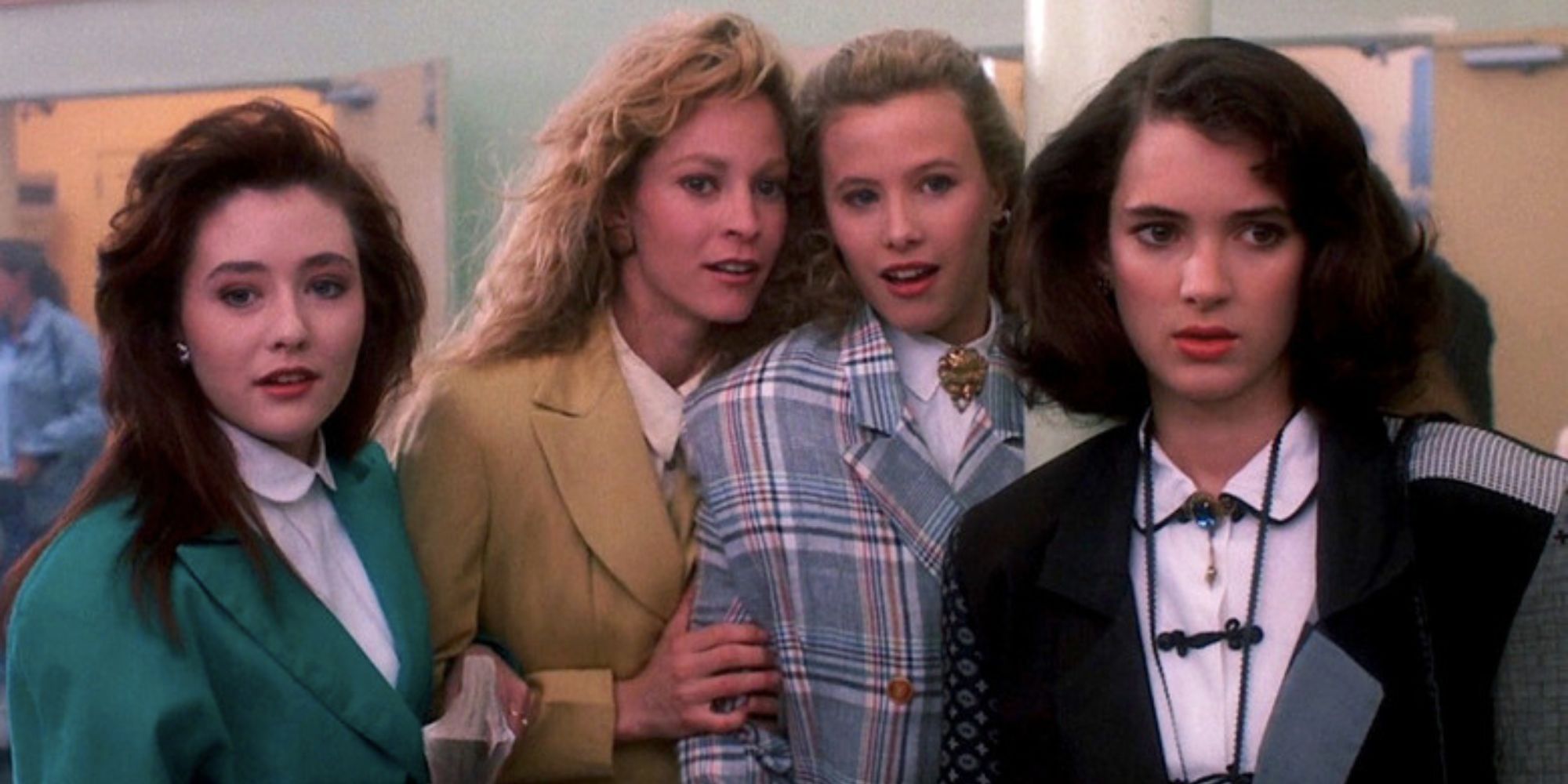
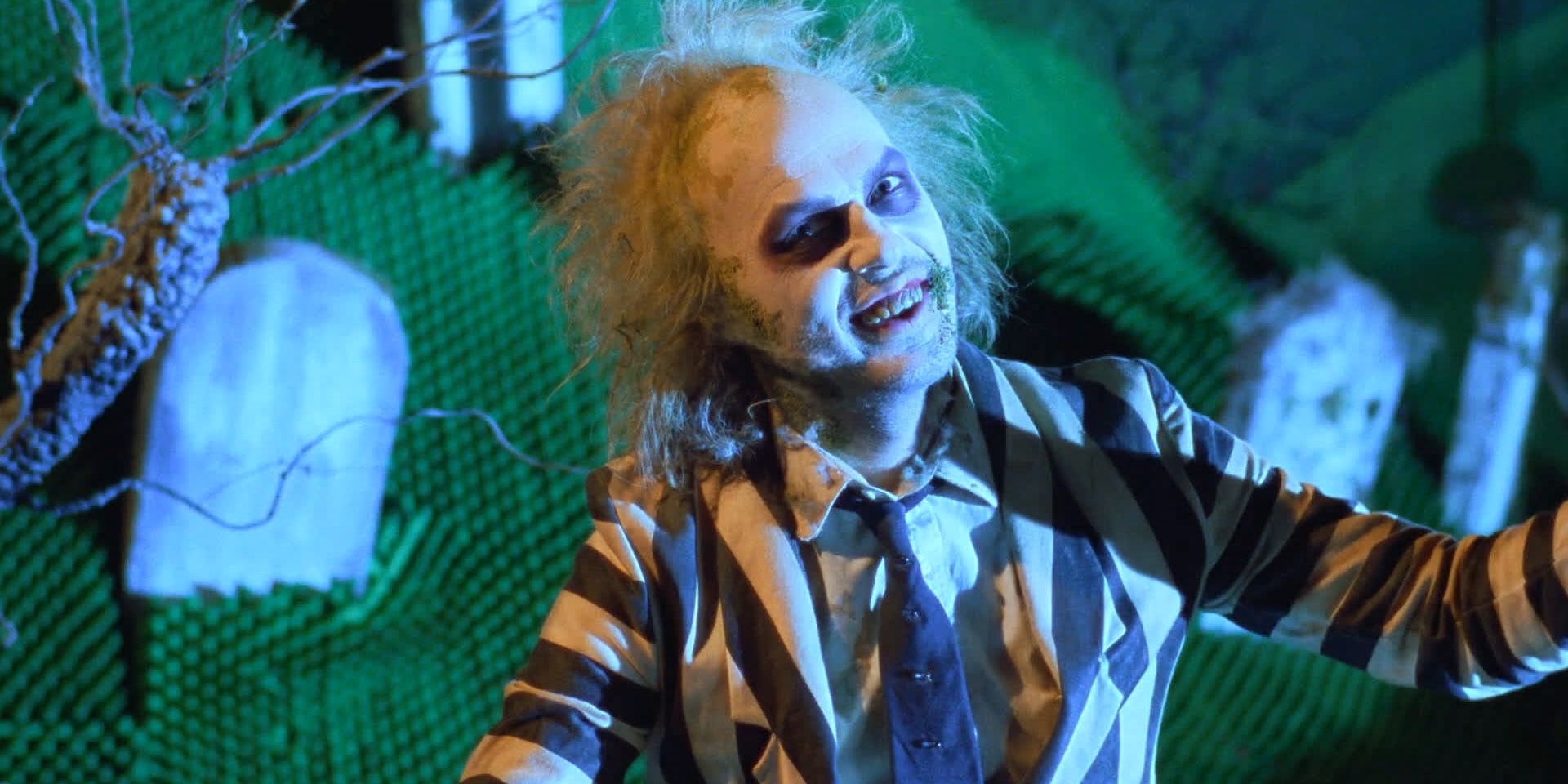
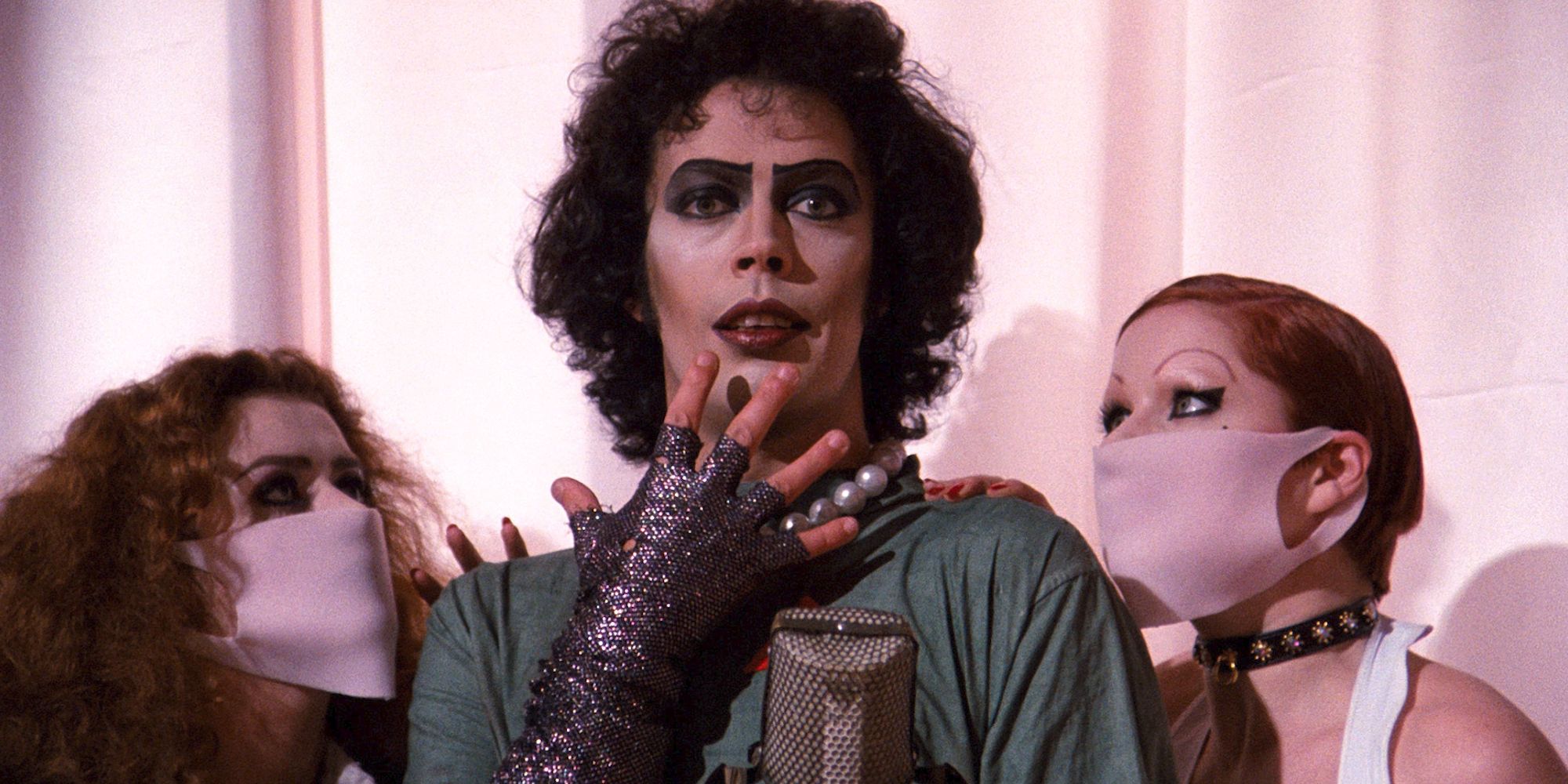
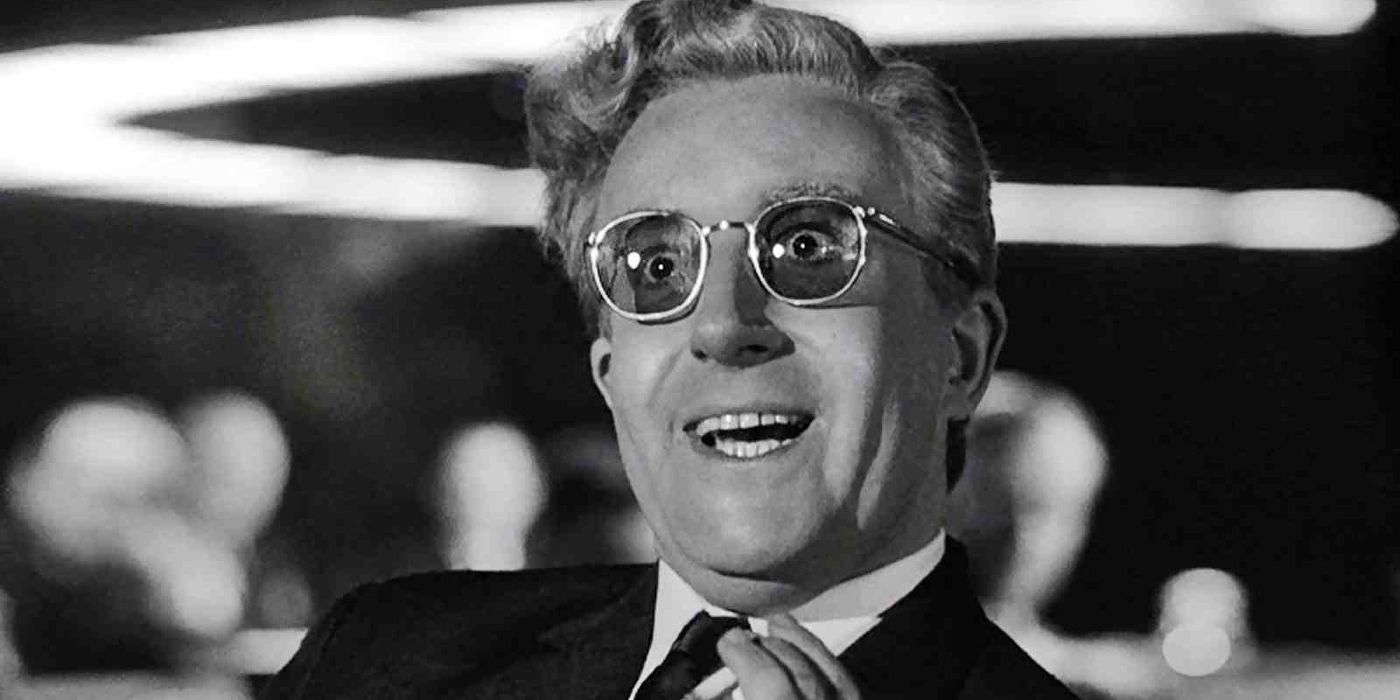
.jpg)
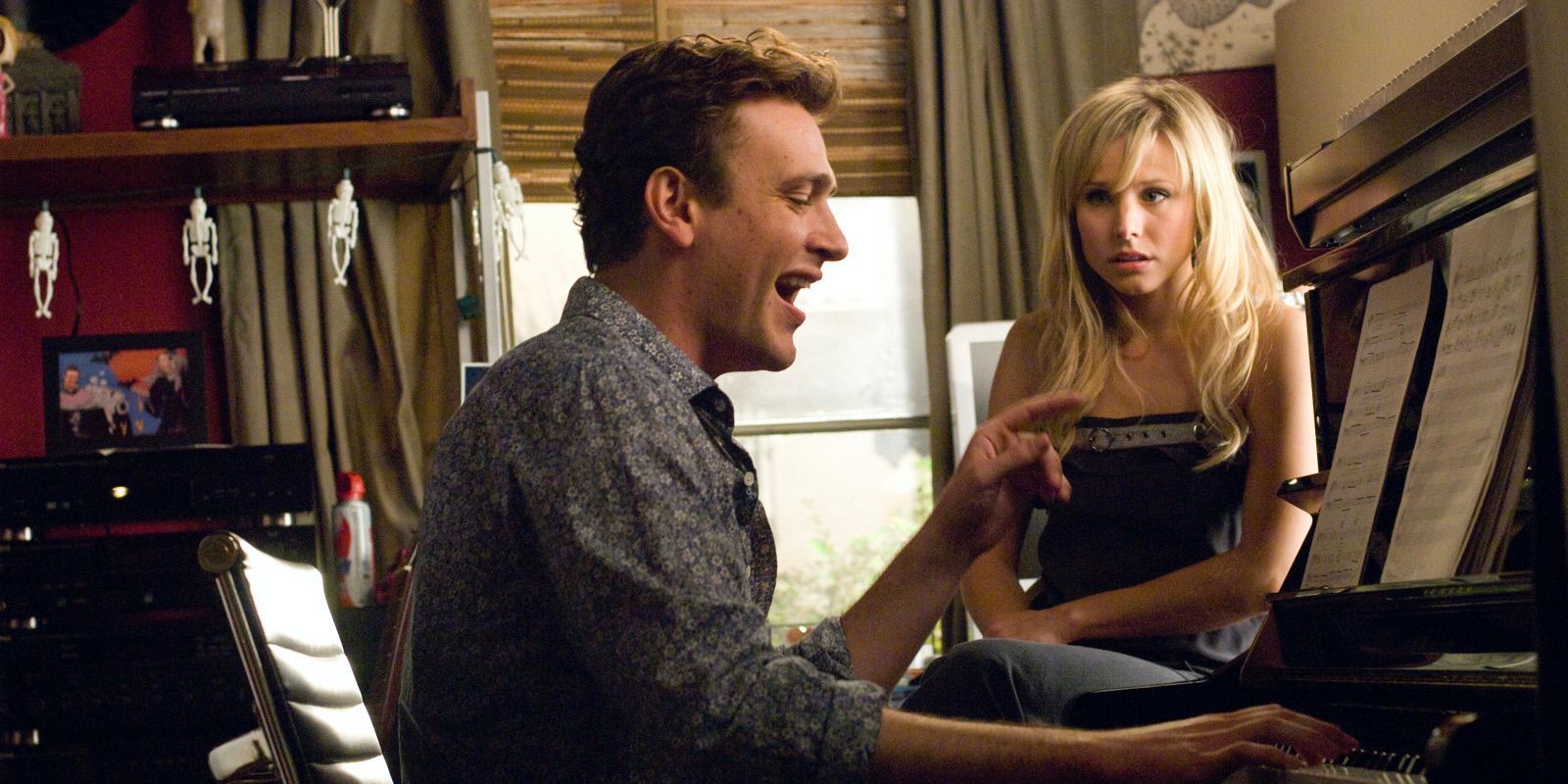
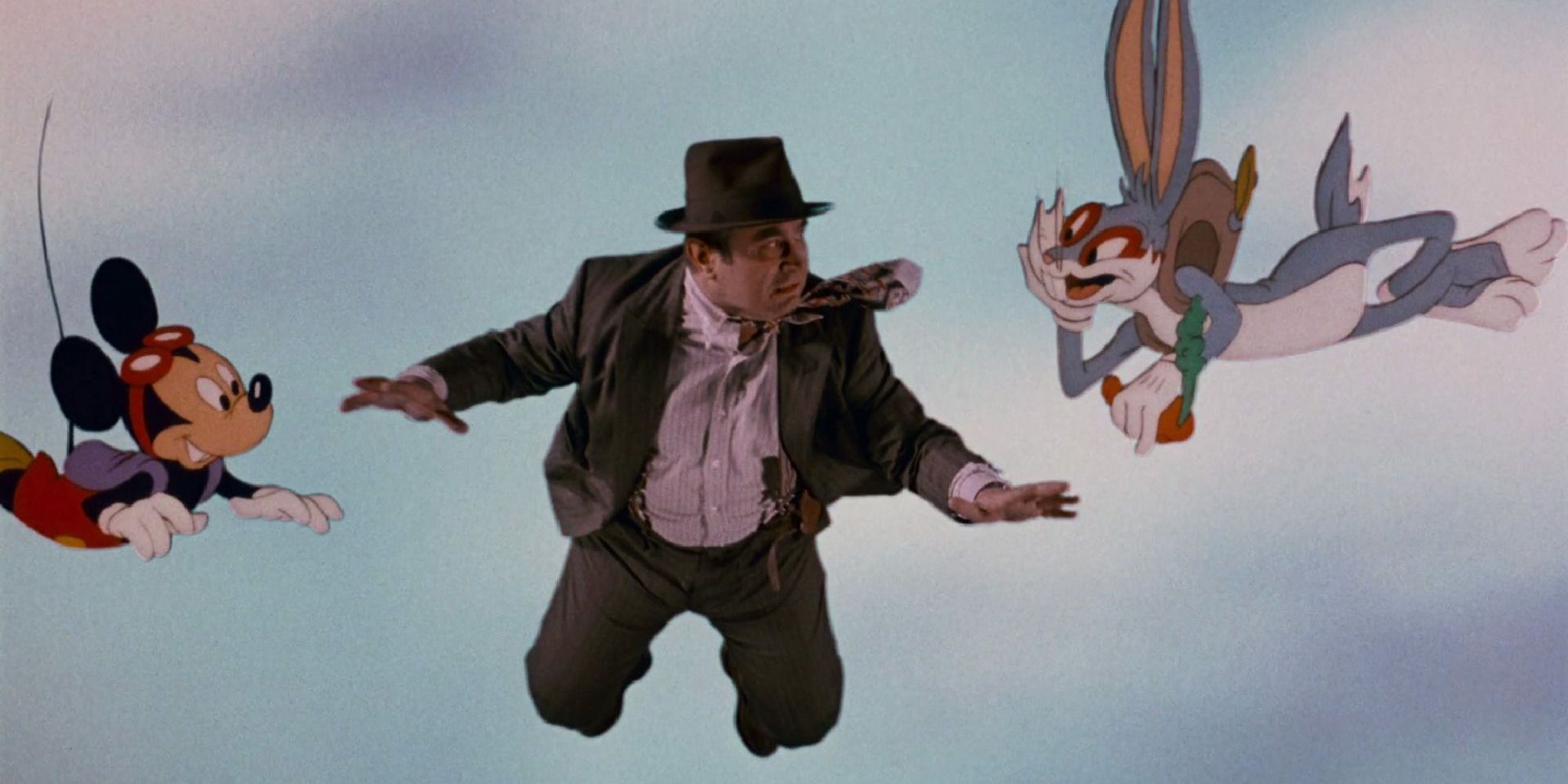

.jpg)
.jpg)










